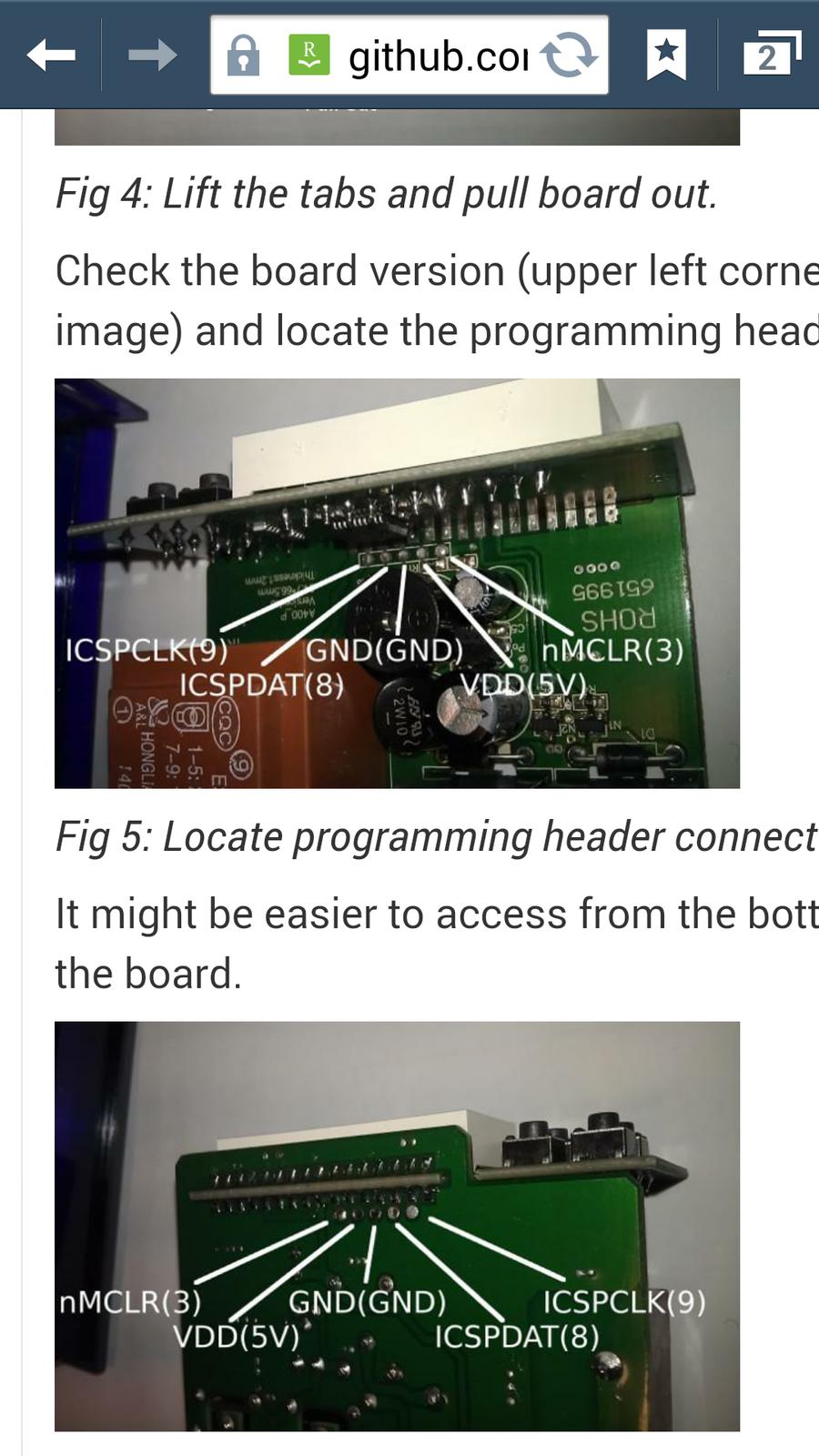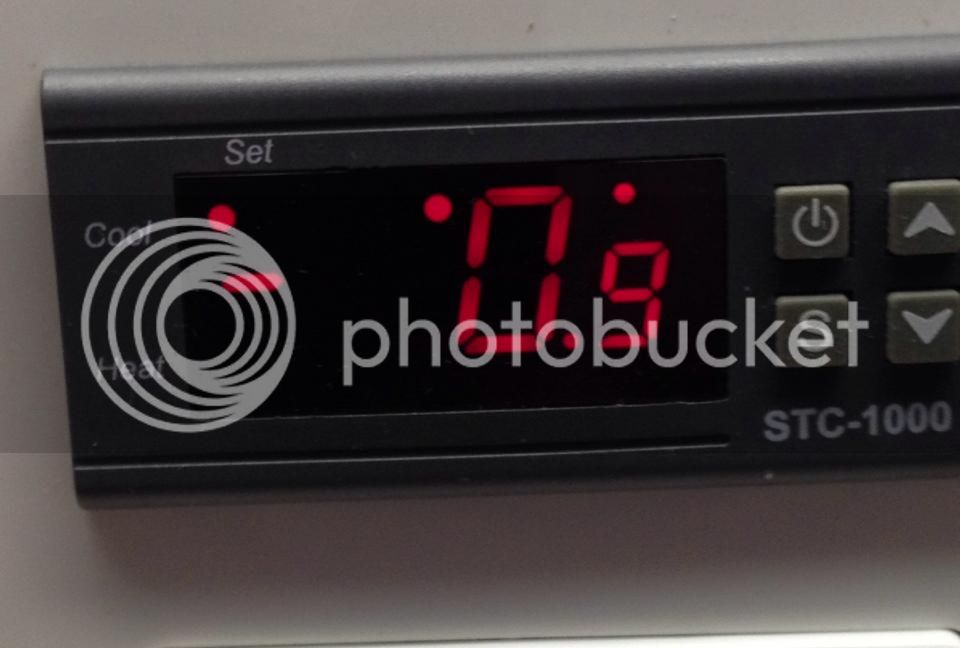I personally love the idea of a free rise, but then again, I live in the Houston area and 90% of the time my garage (where my ferm chamber is located) is higher than fermentation temps (if not significantly higher). What I've been doing is just unplugging my fermwrap during the free rise portion of my ferment.
I suppose you could always put the temperature probe in a tiny glass of water for damping and control the chamber temperature. You don't get any insurance against overshooting the high temperature but you'd get a more consistent environment to experiment with free rising. This would also work for people with the opposite problem of cold ambient temperatures in their garage.
In any case, it's only in specific cases that a brewery would allow the ferment temperature to free rise, and I imagine is mainly due to convenience and energy savings.
It's pretty common in the UK, even in larger microbreweries that export to the US, that cooling takes the form of manually controlled valves that restrict the flow of glycol around cooling coils built into the walls of the fermenters. They use a cold liquor tank held at a controlled low temperature to cool the wort passing through the plate heat exchanger (the used cooling water then refills the HLT for the next brew). The cooling of the fermentation is then relatively gentle and constant, and I suppose simply emulates a lower ambient temperature. The cooling is increased after fermentation to drop the yeast but there's nothing actively responding to the temperature of fermentation.
This isn't just because they're backward or won't spend the money (though this may also be true in quite a few cases

), it's also because that's how many traditional yeast strains work best. Consider for example how
Anchor's fermentations take place. That's certainly not convenient!
Firestone Walker's approach is also described in the Chris White & Jamil Zainasheff Yeast book where fermentation has 24 hours in cooled conical fermenters then is transferred to their union set without further temperature control until primary fermentation finishes then its back to a stainless temperature controlled vessel to cool and drop the yeast etc.
The
Yeast book also describes what I think happened to my two previous batches, and would be avoided in a free rise scenario:
Yeast slow down and produce less heat towards the end of fermentation. If your cooling does not adjust for this decrease, the yeast can sense this temperature drop, causing them to slow or stop fermenting. This can result in a higher than anticipated final gravity, along with the yeast failing to clean up some of the intermediary compounds of fermentation.
If you can control temperature at every time point with precision, such as with the STC-1000+, I don't see why you wouldn't. You can experiment and dial in a flavor profile and then have repeatability without having to worry about ambient.
Please don't think I'm picking on you individually but you articulated here a very attractive and intuitive concept so it's useful to quote! Of course we all want things to be repeatable but it's certainly no criticism of the STC-1000+ firmware when I say that we're assuming too much consistency within the fermenter if we believe that this temperature control will provide that level of precision. Presumably what we're most concerned with is the temperature range experienced by the most active yeast cells. I mentioned convection in my previous post. If you have library access to Brewing: Science and Practice by D E Briggs, P A Brookes, R Stevens, and C A Boulton then (apart from generally being a great source of information) page 538 has a really interesting discussion of the challenges of uniform temperature distribution even in state of the art commercial fermenters:
it is clear that the natural convection currents are inadequate to provide totally uniform cooling irrespective of the position of the cooling jackets on the vessel or the nature of the coolant used. Beer in the upper volume of a tank may hardly change its temperature throughout a cooling regime. Temperature probes in the lower zones of the tank may indicate that temperature control is being achieved but this is often not the case for all the beer in the tank.
If your fermenter is accessible during fermentation, you can verify this yourself if you have a suitable length thermometer or thermowell. This is of course the fuel of the endless debates elsewhere on this forum and others about correct temperature probe placement (actual answer: what works best is actually a side effect of the combination of the algorithm of the controller and dynamics of the specific system).
If you want to disappear down a rabbit hole reading about the behaviour of the cooled film of liquid on the inside walls of the fermenter, then the inversion temperature is particularly interesting: water at 4°C is most dense; water both over and under this temperature will rise above it (again discussed in Brewing: Science and Practice if you're interested). An interesting idea it talks about is only cooling one side of a fermenter in areas where this inversion happens to encourage lateral convection. I wonder if adding some insulation on one side of the fermenter would have any useful effect at our scale?
I have no doubt the STC1000+ is helping achieve the improved consistency we all seek but it's healthy to remember in such a complex dynamic system there are more variables that will affect the temperature the yeast experience from batch to batch than
just the controller profile (probe placement, heater size, heater lag, chamber size, chamber insulation, other chamber occupants, outside ambient temperature, outside ambient temperature range, initial wort temperature, fermenter material, fermenter shape, batch volume, oxygenation, yeast nutrient availablity, viable yeast cells pitched, yeast generation, yeast strain, and so on
). For me the goal is to minimise the variability in results stemming from these factors rather than to think in absolutes, and to remember that sometimes prodding and poking a complex system makes it less predictable!
Hehe... Ok, this is turning into a debate on free rise instead

I have no problem with free rise, I can understand that some want to use it. If I could, I would have nothing against adding it. But you really need to pick your battles when it comes to what will fit in the STC.
Haha, yes, I didn't expect this to prove so controversial! I think this longer-than-intended post completes my input into that particular debate

Have you (or anyone else) experimented with the second probe much? That may well address some of my concerns too (I've not fitted one yet).










![Craft A Brew - Safale BE-256 Yeast - Fermentis - Belgian Ale Dry Yeast - For Belgian & Strong Ales - Ingredients for Home Brewing - Beer Making Supplies - [3 Pack]](https://m.media-amazon.com/images/I/51bcKEwQmWL._SL500_.jpg)

















































